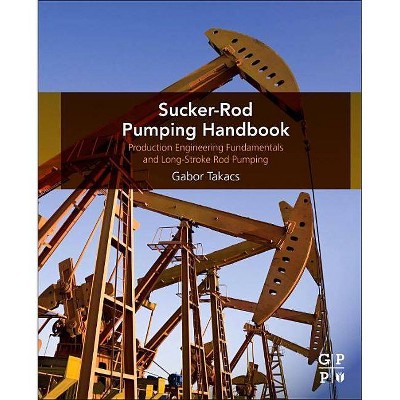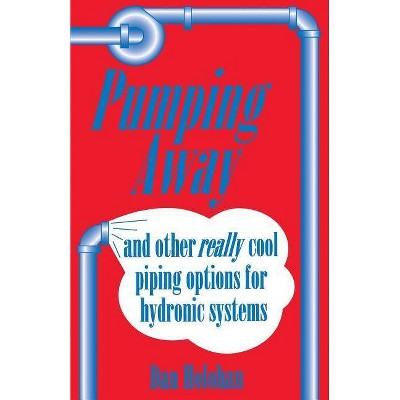Sucker-Rod Pumping Handbook - by Gabor Takacs (Paperback)

Similar Products
Products of same category from the store
AllProduct info
<p/><br></br><p><b> Book Synopsis </b></p></br></br><p><i><b>Sucker-Rod Pumping Handbook</b></i> presents the latest information on the most common form of production enhancement in today's oil industry, making up roughly two-thirds of the producing oilwell operations in the world. The book begins with an introduction to the main features of sucker rod pumping and an explanation and comparison of lift methods. It goes on to provide the technical and practical knowledge needed to introduce the new and practicing production engineer and operator to the equipment, technology, and applications required to maintain optimum operating conditions. <i><b>Sucker-Rod Pumping Handbook</b></i> is a must-have manual that ensures operators understand the design, components, and operation of sucker rod pump systems, learn the functions of the systems, apply the fundamental production engineering theories and calculations, and accomplish maximum system efficiency by avoiding the typical pitfalls that lead to fatigue and failure.</p><p/><br></br><p><b> Review Quotes </b></p></br></br><br><p>Dr. Gabor Takacs has done it again and in much better fashion. This book is well-worthy and much improved successor to the author's previous volume on sucker rod pumping. Size of the book, almost 600 pages, may appear daunting, however, the right balance of academic and practical discussions in this book makes it equally accessible to university students, practicing engineers, and field personnel. The language, illustrations and examples are useful to experienced practitioner while easy to follow for a casual observer of this important artificial lift form. The book starts with basics on petroleum production engineering and after detailed coverage on equipment and components; it focuses on design workflows from empirical to API through wave equation based approaches. Next the book covers well analysis techniques that help answer question like how do I get most out of the system that I have now without significant CAPEX/OPEX inputs. I would have preferred more coverage on application challenges like severely dog-legged and/or horizontal wells, solids and gas handling, and rapidly changing production environment. In the closing, the book covers the long stroke pumping application for optimal production in challenging conditions like gassy, deep and relatively higher volume wells. I highly recommend this book. <b>-- Anonymous</b></p><br>
Price History
Price Archive shows prices from various stores, lets you see history and find the cheapest. There is no actual sale on the website. For all support, inquiry and suggestion messages communication@pricearchive.us




















